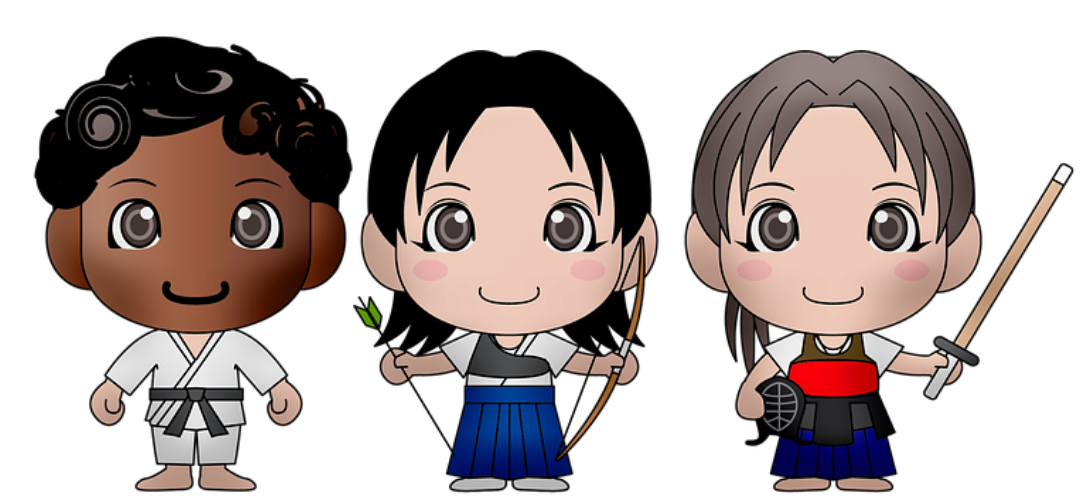Peregrination
It’s the transformation
Folk from across the nation
Celebrate this occasion
PSA Bard encouraging Folk participation in Peregrination Ceremonies
Originally practiced by Humans who lived in what is now known as the Westerly Union, Peregrination was the act of sending your children off on their first adventuring journey. Over time, other cultures and Folk adopted this practice. Today, Peregrination Ceremonies have largely been replaced with sending children to heroic adventuring academies or other exploration and magical schools within the Western Continent.
History
Humans from the Westerly Union have always been a delightful folk with a grand curiosity and a love for travel. However, since they have fairly short lives, they often settled down young to raise families, which left few years for exploring the world.
Rather than leaving their children behind, humans encouraged their children to leave them behind. It worked a little too well. Children as young as six began wandering far from home. Sometimes for weeks at a time. This concerned even the most wander-footed of parents — as there were many dangerous creatures that could kidnap or even eat their precious children!
And so, families began to prepare their children for adventures. They taught them how to recognize good from poisonous herbs, how to fell small animals, and how to hide or defend themselves from dangerous creatures.
These trainings excited the young children and kept them close to home. But the wandering spirit was still there and the parents wanted their children to experience adventure. Over time, different human communities began adopting a Peregrination Ceremony.
The Peregrination Ceremonies happened during the Fall, Spring, and Summer seasons. Nobody wants to send their children out in a snowstorm All children who turned twelve the season before were eligible to participate. Although there was no requirement to join at twelve; some children chose to wait a few years.
During the ceremony, children were invited to showcase their talents and prowless. This may be the arts of weapon fighting for one child or the mastery of a magical technique for another. Once showcasing their skill, the child was deemed ready to travel and given a pack of travel clothing, rations, adventuring gear, and enough money to last them three months. Adventurers need to earn their way in the world, after all!
The night before travel was filled with stories of past adventures told by the parents and other community members in the settlements. There is always an air of anticipation. The stories were meant to teach the children lessons that they could use on their journeys.
The next morning, the leaders of the communities would give final words of advice. Children set off in different directions, often in groups of three to five.
And so, their Peregrination began.
Cross-Cultural Adoption
With the reformation of lands after the Devil’s Storms, many other Folk groups were encouraged to allow their children to Peregrinate. It was framed as a way to promote cross-cultural understanding between different Folk. Additionally, it allowed for real-world training of all children in the event of another attack. Leaders spoke of the increased safety of the New Westerly Union and neighboring Northern Knolls and Emerald Islands. Although as a trained adventurer, we know that things are never as safe as our leaders tell us. Other Folks began to follow these traditions. The Elves were probably the most reluctant to agree, but it was through the words of Alykin and the Tifwado Elven Council that they began allowing their 12 year old children to participate.
Today
The increased Peregrinations led to Heroic Adventuring Leagues (HAL). Or more clearly, Heroic Adventuring Leagues were first created to accommodate the newfound adventurers. However, many of these novice adventurers did not have the same training as humans provided for their children. Not to mention, dangerous creatures still roamed the land, even if most of the Devils and their allies had been driven away. The first few years led to high mortality rates among the children.
This was a public relations mess for the newly formed Tifwado Council of Folk Representation. They began encouraging the HALs to open academies for the children to attend first, so that they were prepared to defend themselves and help others. These schools did a very good job at weeding out Folk who didn’t have the gumption to be an Adventurer — and teaching the necessary skills to those that did.
Training in Academies lasted two years. First year class sizes were the hundreds. Second year students class sizes could often be counted on two hands. Of course, since you are reading this book, I am sure you will be on one of the hands! To make up for the large decrease in students, other academies were formed to specialize in particular types of helping magic or new technology. Transfer students were often able to join these academies at low-cost if they promised a number of years of service after graduating.
The Modern Peregrination Ceremony symbolizes the family sending their child to a HAL.





I like this ceremony connection to the adventuring part of your world. It creates a great way to start adventures and create background for characters on what they did for their Pregrination. The added depth with other races/cultures adopting the tradition shows the evolution of it, as well do the Academies.
You are welcome to explore Nimenra, a world in conflict between Humans and Demons.
My summer camp articles and half-finished pledge document: Summer Camp 2022
I'm glad you like it. I want to create many different avenues for creative backstory or reasons a person may be adventuring.
Adazuri: A shonen-inspired magitech fantasy world home-brewed for 5e.